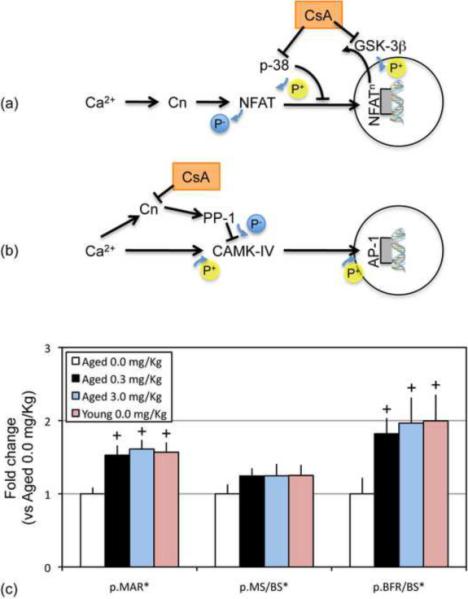Figure 2. Restoring loading induced periosteal adaptation at senescence.

Low-dose CsA can potentially enhance activation of NFAT signaling (via inhibition of p38 and GSK-3β proteins that negatively regulate NFAT signaling; a) (Kreideweiss et al. 1999; Matsuda et al. 2000). Alternately, CsA supplementation could enhance activation of the AP-1 pathway and downstream phenotypes (via competitive inhibition of the Calcineurin/NFAT signaling axis; b) (Blitzer et al. 1998; Kasahara et al. 1999; Yeo et al. 2007). When loading was supplemented with low-dose CsA (0.3, 3.0 mg/Kg), periosteal mineral apposition rates (p.MAR*), and bone formation rates (p.BFR/BS*) induced in senescent animals (22 Mo) was significantly increased vs. vehicle treated aged animals (+), but were not different than that induced in young animals (4 Mo; c; mean + s.e.). Periosteal response measures in experimentally loaded bones are presented after normalization by the respective aged animal mean. Adapted, in part, from (Srinivasan et al. 2010).
